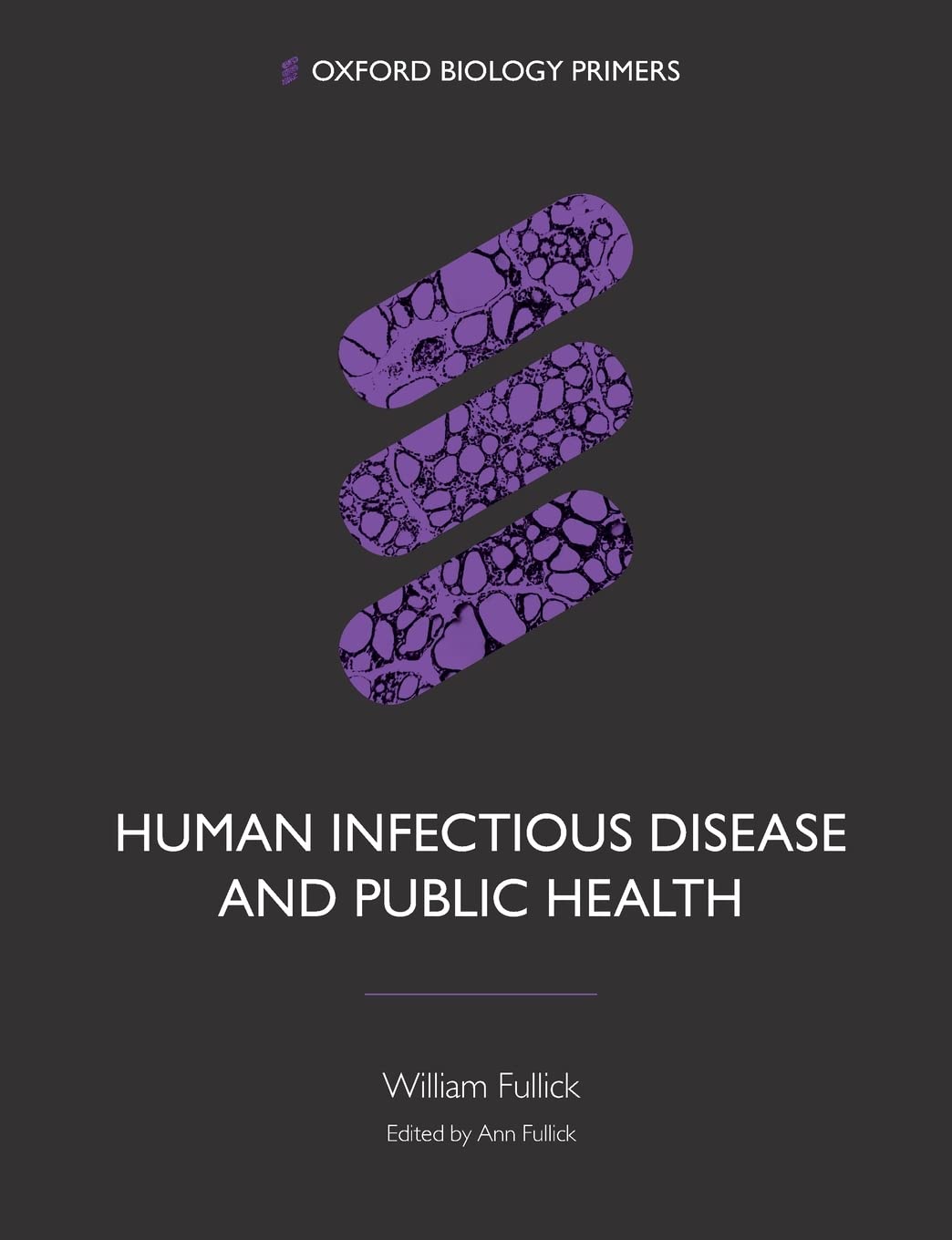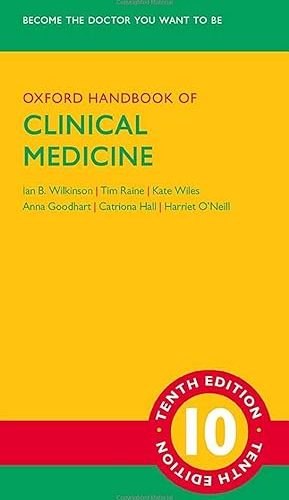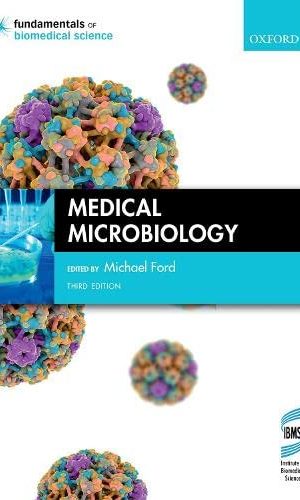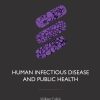Human Infectious Disease and Public Health
£21.40£23.70 (-10%)
This text explores the structure and function of each distinct type of pathogen (bacteria, viruses, fungi, parasites and prion disease), as well as the biochemical processes taking place when an infection is caused by any of these agents. It goes on to look at the role the human immune system plays in preventing, containing and destroying pathogens which enter the human body, using up to date research to ensure that students are abreast of the most recent developments in immunology. The text also examines the “evolutionary arms race” between human beings and infectious disease, looking at genetic traits which confer protection against some infectious diseases, and how pathogens are constantly changing to work around our defences.
The final section of the primer explores disease prevention and treatment – antibiotics, antivirals and antifungal agents and their mechanisms of action; public health and vaccination; the dangers of antibiotic resistance; and potential sources for new antimicrobial agents around the world.
Online resources
For students:
TBC]
For teachers:
Artwork from the book in easy-to-download format, for use in class materials and handouts
Read more
Additional information
| Publisher | Illustrated edition (8 April 2019), OXFORD UNIV PR |
|---|---|
| Language | English |
| Paperback | 174 pages |
| ISBN-10 | 0198814380 |
| ISBN-13 | 978-0198814382 |
| Dimensions | 1.02 x 24.13 x 18.8 cm |










by Beth Gumbrill
I bought this book for some ‘pre’ reading before starting a course with a similar title to the book. The book is easy to follow whilst not lacking detail and depth in explanation where required. It is also a very interesting read.
I would recommend this to anyone for studies or just to gain a wider knowledge of the subject.